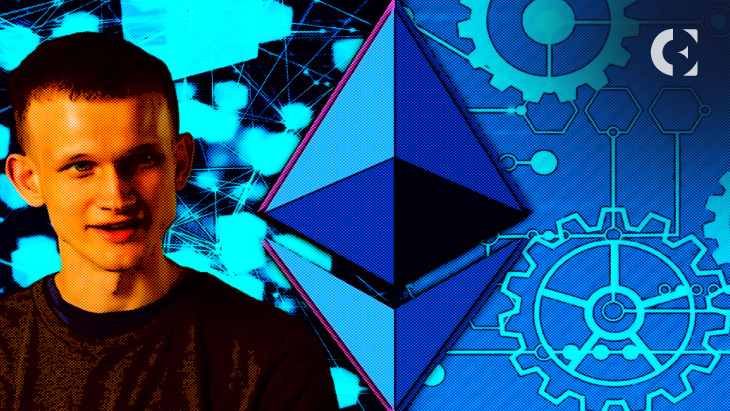- Vitalik Buterin shared a blog post about the array of Layer 2s and bridges.
- The importance of independent Layer 1 blockchains like Polygon was dissected.
- Buterin provided an overview of why the network will become heterogeneous as time progresses.
Vitalik Buterin, co-founder of the Ethereum (ETH) blockchain, has recently dissected the intricacies of Layer 2s (L2s) and bridges, along with the issues that come with them. In an October 31 blog post titled “Different Types of Layer 2s,” he underscored the kaleidoscope of L2 mechanisms that have surfaced to help bring greater capacity, lower costs, and increased security to the ecosystem.
Buterin noted in his analysis a few well-reputed EVM rollups—like Arbitrum, StarkNet, Optimism, Scroll, Taiko, and Kakarot—that have employed the segments of zkEVM rollups. Moreover, he talked about some successful independent L1 blockchains like Polygon, which also built its own EVM rollup, Polygon zkEVM, to supplement its sidechain solution.
Furthermore, Buterin believes that some projects that exist as independent L1s inevitably draw themselves near to the Ethereum ecosystem and, in turn, become ecosystem L2s.
Moreover, certain centralized projects outside of Ethereum, according to the post, seek blockchain-based solutions to provide greater security assurances. In the past, these projects would have turned to “permissioned consortium chains” to bring this goal into fruition.
The blockchain’s co-founder analyzed two key elements when choosing L2 designs to work with: the expense of accessing native Ethereum data and the specific requirements of the application. He also provided an overview of L2 scaling solutions and why the network will continue to become diverse and heterogeneous as time progresses.
Buterin even dives deeper into the concessions between varied rollup solutions and systems for scaling in the ecosystem. Security and connectedness to Ethereum are noteworthy facets, although some applications require more flexible security for optimum scalability.
Disclaimer: The information presented in this article is for informational and educational purposes only. The article does not constitute financial advice or advice of any kind. Coin Edition is not responsible for any losses incurred as a result of the utilization of content, products, or services mentioned. Readers are advised to exercise caution before taking any action related to the company.










